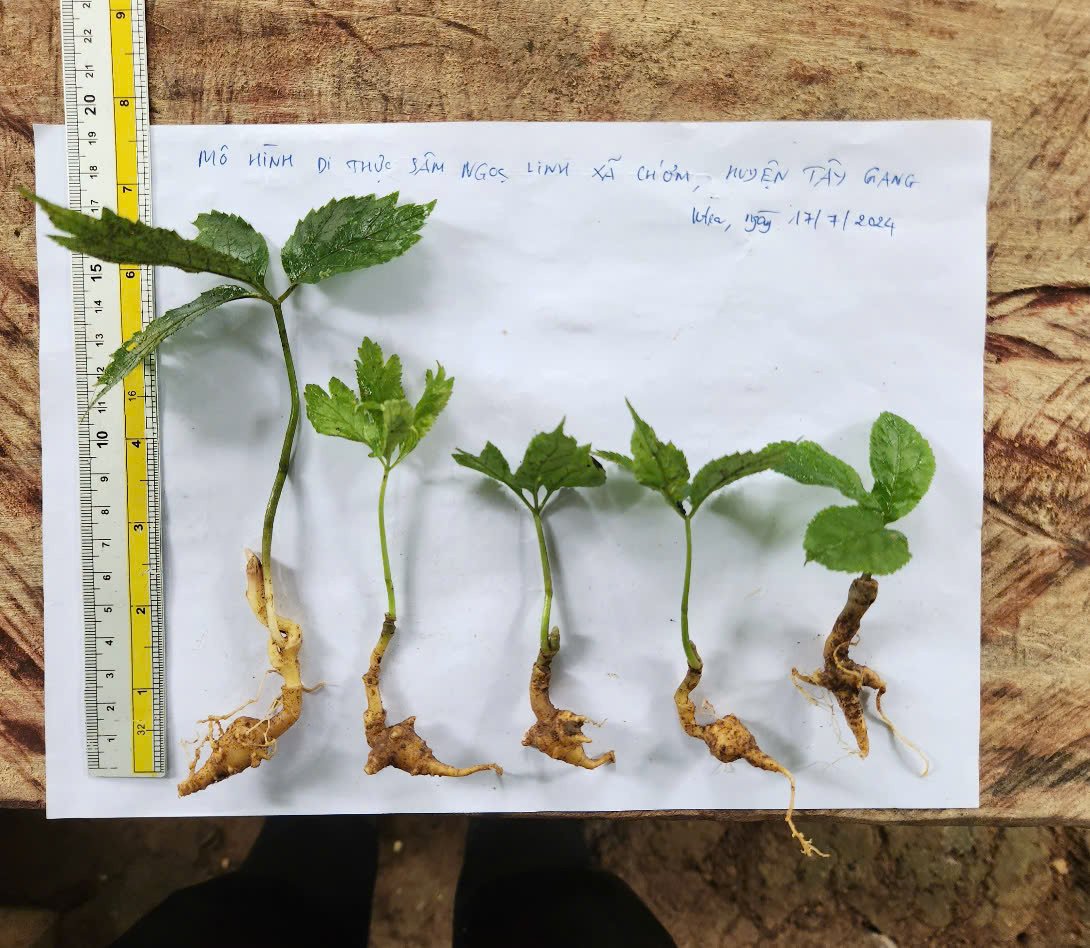
Ngoc Linh ginseng hardly grows in the transplanted area of Tay Giang district - Photo: CONG QUANG
Speaking to Tuoi Tre Online on January 20, Mr. Truong Cong Quang, director of the Quang Nam Center for Development of Ngoc Linh Ginseng and Medicinal Herbs, said that he had just agreed to propose ending the experimental models of transplanting Ngoc Linh ginseng due to poor growth of the ginseng.
All seven experimental models of Ngoc Linh ginseng cultivation have not been successful.
According to the Department of Agriculture and Rural Development of Quang Nam, at the end of 2021, many localities in this province began testing the transplanting of Ngoc Linh ginseng.
Young ginseng is brought from nurseries in Nam Tra My to areas with similar soil for testing.
From August to November 2021, there were seven experimental models of Ngoc Linh ginseng transplanting in four districts including Bac Tra My, Tay Giang, Nam Giang and Phuoc Son.
By September 2022, there will be two more models in Nui Thanh and Tien Phuoc. The models plant a maximum of 1,000 trees, private Phuoc Son district planted two models with a total of 1,000 trees.
For ginseng to grow well, the transplanted models are cared for according to strict procedures. Every year, a working group is also established by the Department of Agriculture and Rural Development to go to the gardens to inspect and evaluate the reality.
Inspection and evaluation time is from June to August every year. This is the stage when Ngoc Linh ginseng grows and develops its stems and leaves fully after hibernation.
Ngoc Linh ginseng grows well in the first year, but struggles in the following years.
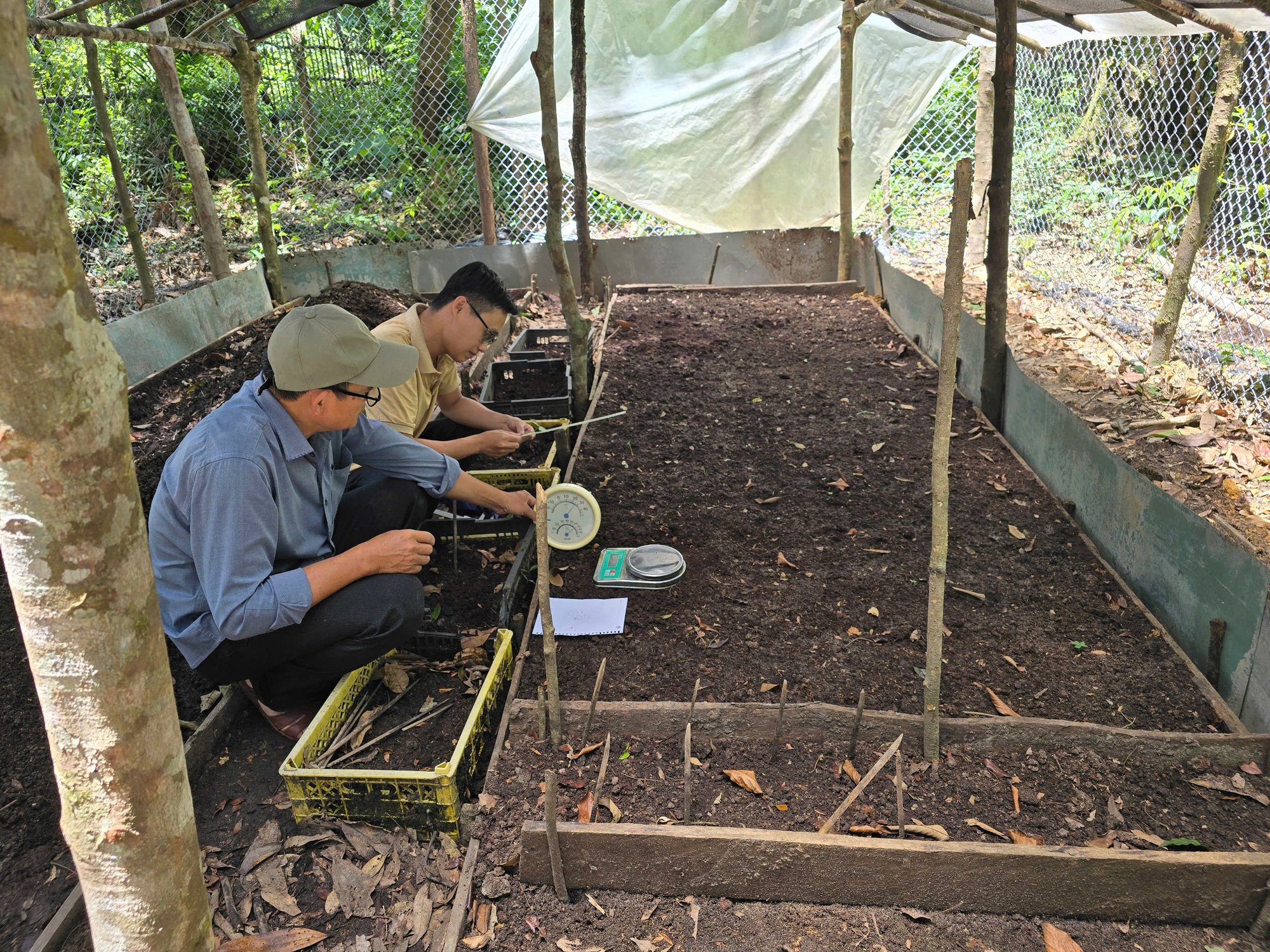
Experimental transplant of Ngoc Linh ginseng in Quang Nam – Photo: BD
According to the Center for Development of Ngoc Linh Ginseng and Medicinal Herbs of Quang Nam, three years of monitoring (from 2022-2024) showed that the parameters of the transplanted ginseng did not meet expectations. The ginseng is very different from the areas grown in the Ngoc Linh mountainous forest area (Nam Tra My).
Rate of shoot regeneration increased in the second year after transplanting, on average 35%. However, in the third year, the rate of shoot regeneration began to decrease. In some places, such as Tien Phuoc district, ginseng plants almost did not regenerate shoots at all.
Evaluation of growth indicators of transplanted ginseng also shows a similar situation.
In the first two years, Ngoc Linh ginseng grows steadily in stem height and leaf diameter. However, in the third year, its growth ability begins to decrease sharply and is much worse than ginseng in specialized areas.
Regarding the indicators related to the roots, in the first two years, Ngoc Linh ginseng roots in the models developed at an average level.
However, like other indicators, the ability to develop is very weak in the third year. The diameter and length of the tuber are much lower than that of Ngoc Linh ginseng of the same age grown in Nam Tra My district.
The weight of the tubers in the models ranges from 1.3 - 3.4 grams/tuber, equal to 15 - 25% compared to the ginseng tubers in the Ngoc Linh ginseng growing area in Nam Tra My.
Overall assessment of experimental transplant models, the Center for Development of Ngoc Linh ginseng and medicinal herbs of Quang Nam believes that the ability of ginseng to adapt to the natural environment and ecological conditions outside Ngoc Linh mountain area is very low, the ability to grow and develop is weak.
From that reality, the Center for Development of Ngoc Linh Ginseng and Medicinal Herbs of Quang Nam said it agreed with the proposed opinions to end the experimental model of transplanting Ngoc Linh ginseng.
According to Mr. Truong Cong Quang, it is very regrettable that the experimental transplant models have not met expectations. However, this is only an assessment at a specific stage and soil environment.
Ngoc Linh ginseng has long lived in high mountains, with a cool climate all year round and thick humus layers under the old forest.
The transplant is expected to open up opportunities for other localities to share the benefits of this Vietnamese national ginseng. However, Ngoc Linh ginseng is a species that is very difficult to adapt.
Mr. Quang said he has proposed to continue testing the transplanting of Ngoc Linh ginseng by selecting transplanted gardens at an altitude of 1,500m or higher above sea level.
In particular, transplanted ginseng plants should be two years old to increase adaptability.
Ngoc Linh ginseng (also known as K5 ginseng) is considered a national treasure, concentrated around the Ngoc Linh mountain range on the border between Kon Tum and Quang Nam.
From a wild plant, this ginseng has now helped thousands of farmers and garden owners change their lives. Currently, each amount of ginseng on the market fluctuates between 6 and 15 million VND.
In particular, many old and heavy ginseng roots are worth hundreds of millions, even traded for billions of dong.


![[Photo] Moment of love: Myanmar people are moved to thank Vietnamese soldiers](https://vstatic.vietnam.vn/vietnam/resource/IMAGE/2025/4/3/9b2e07196eb14aa5aacb1bc9e067ae6f)
![[Photo] General Secretary To Lam receives Japanese Ambassador to Vietnam Ito Naoki](https://vstatic.vietnam.vn/vietnam/resource/IMAGE/2025/4/3/3a5d233bc09d4928ac9bfed97674be98)
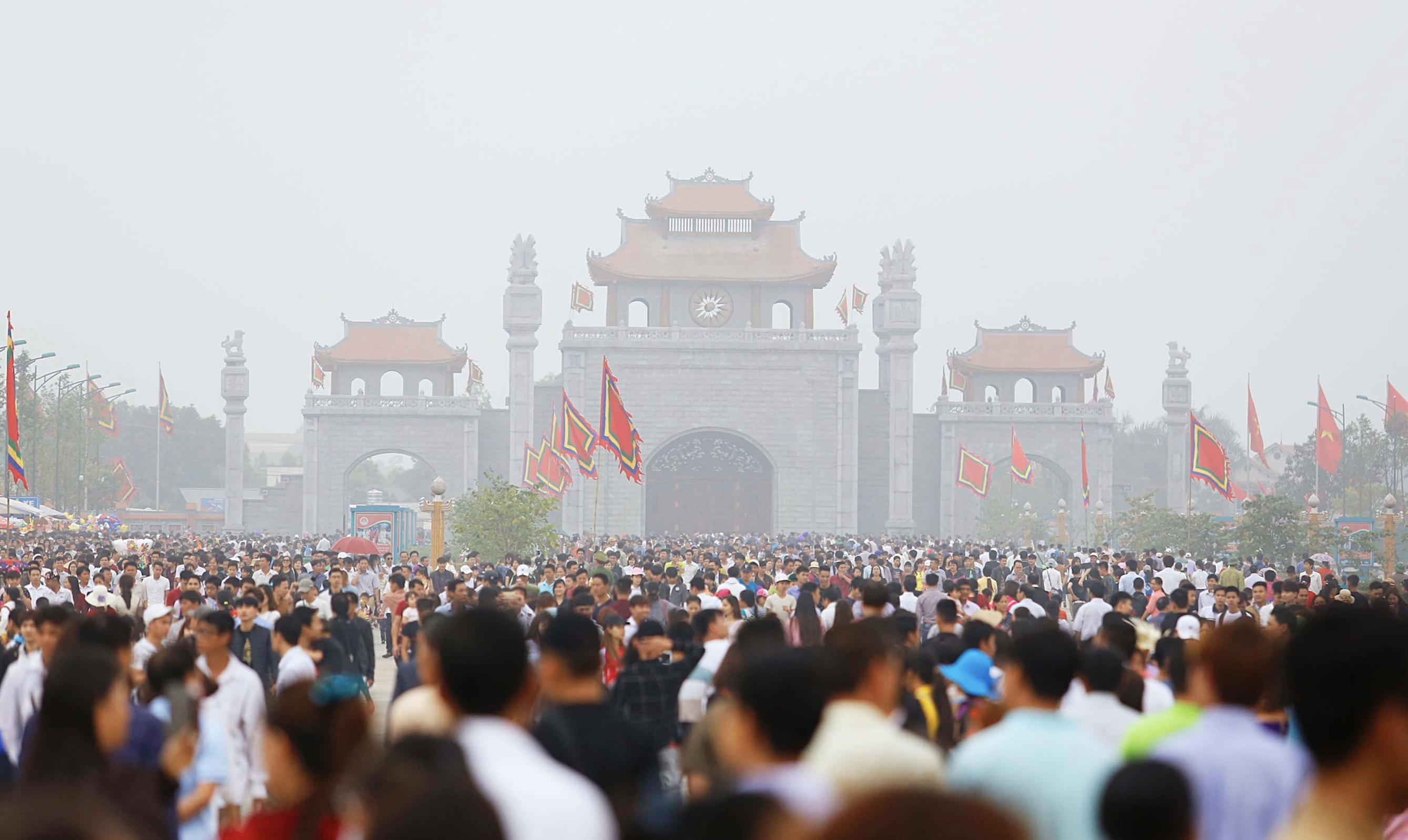

![[Photo] Special relics at the Vietnam Military History Museum associated with the heroic April 30th](https://vstatic.vietnam.vn/vietnam/resource/IMAGE/2025/4/3/a49d65b17b804e398de42bc2caba8368)

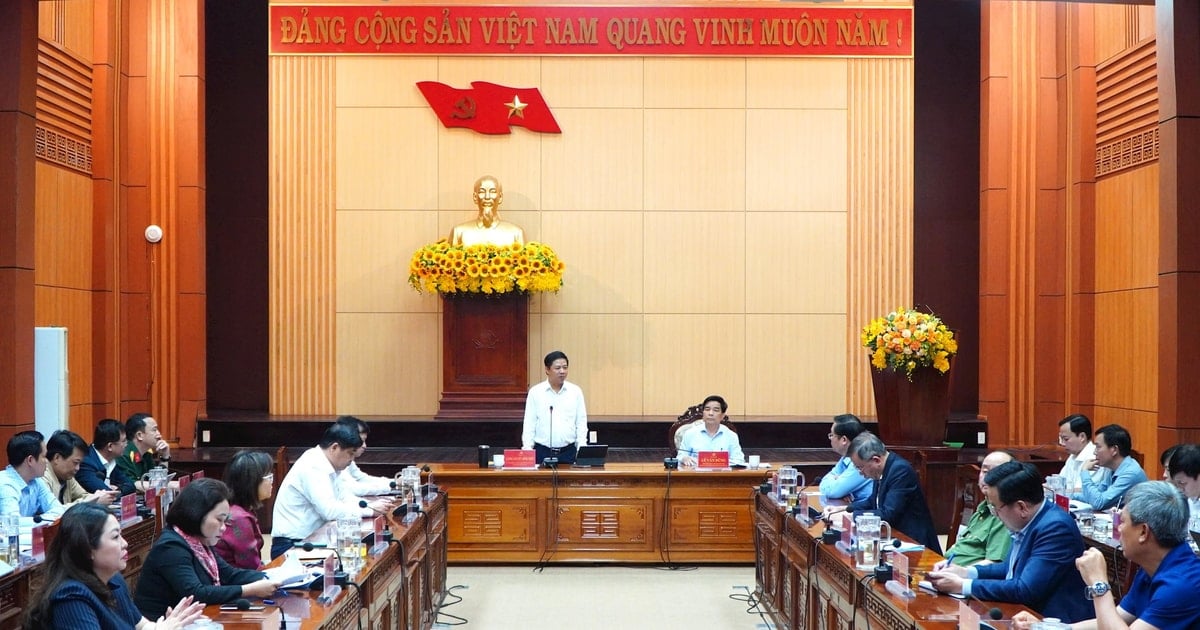




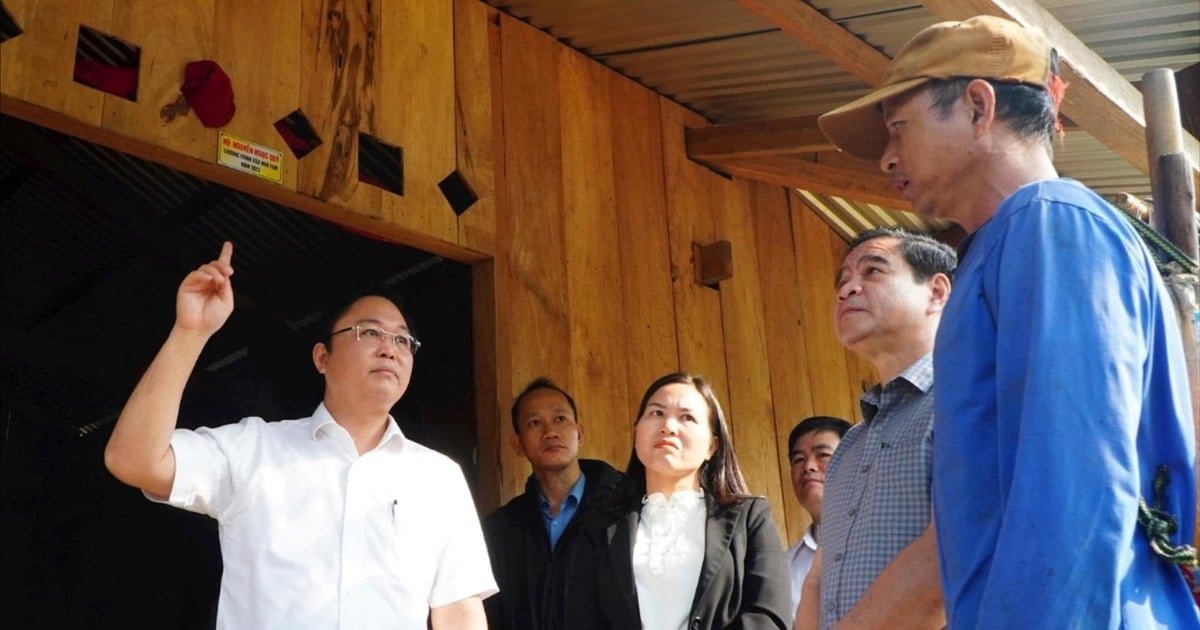

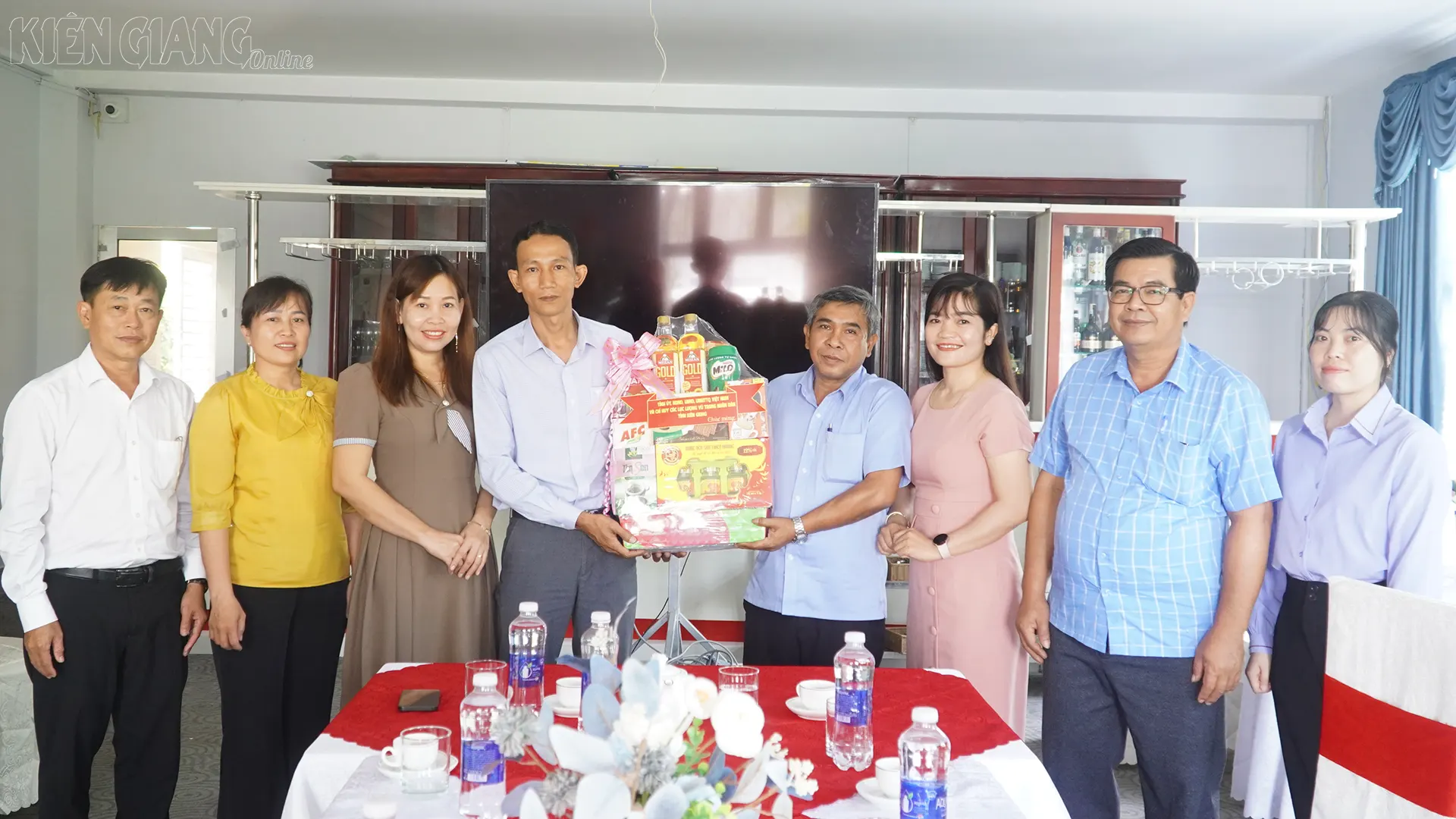

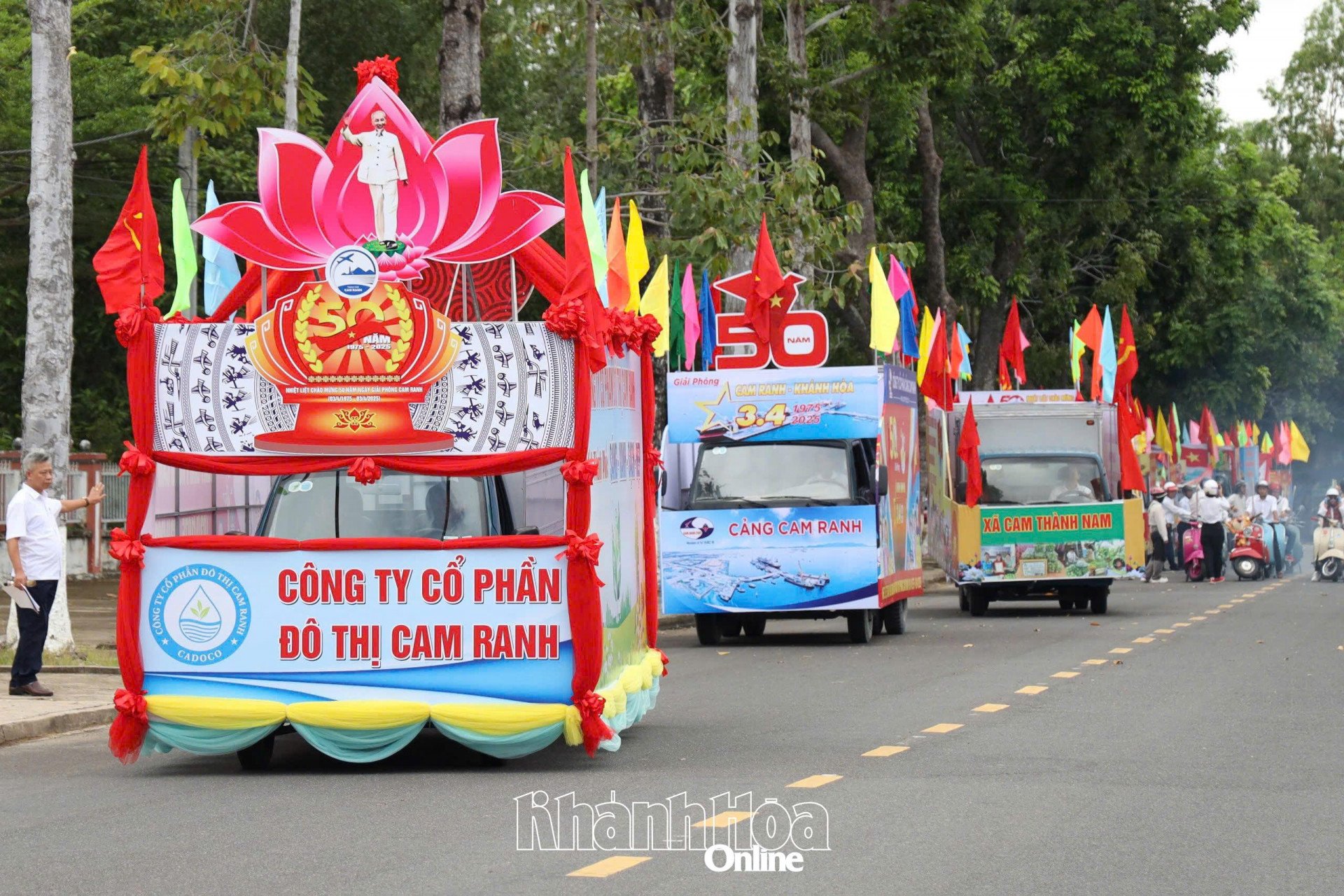
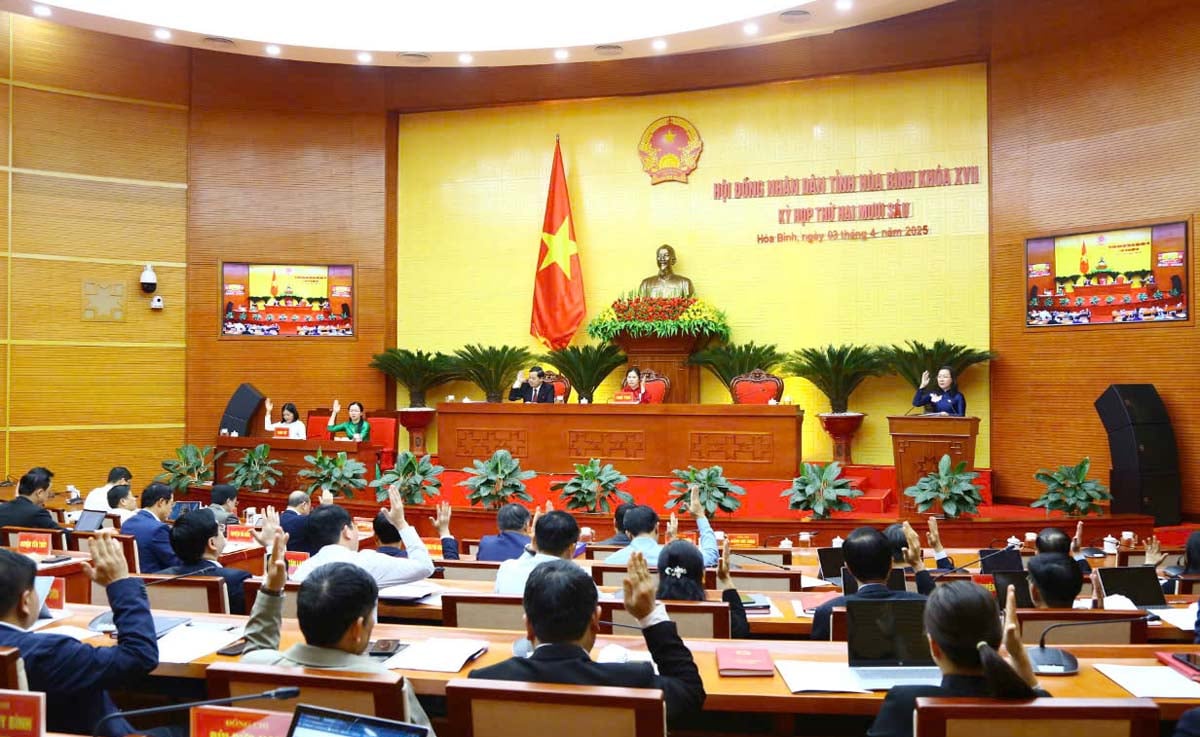

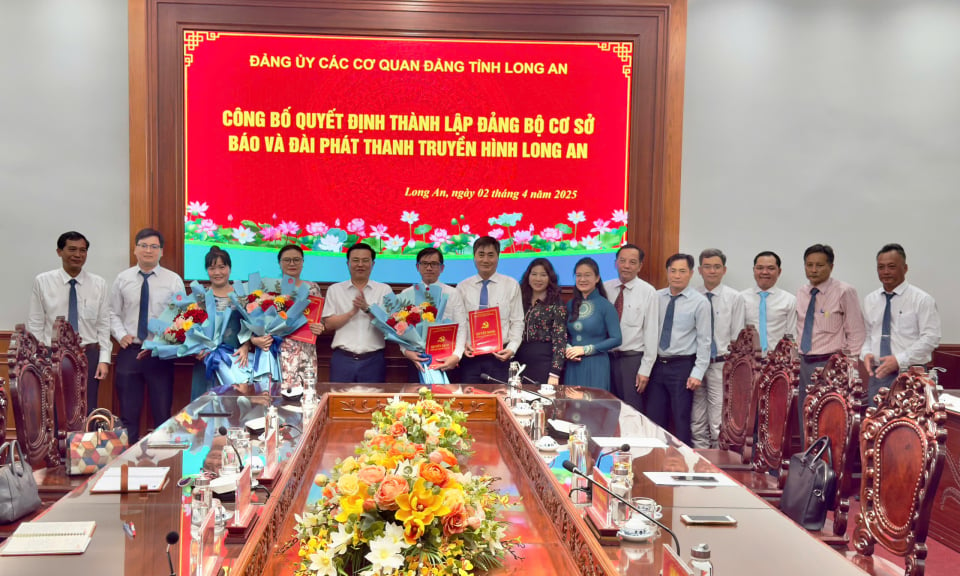





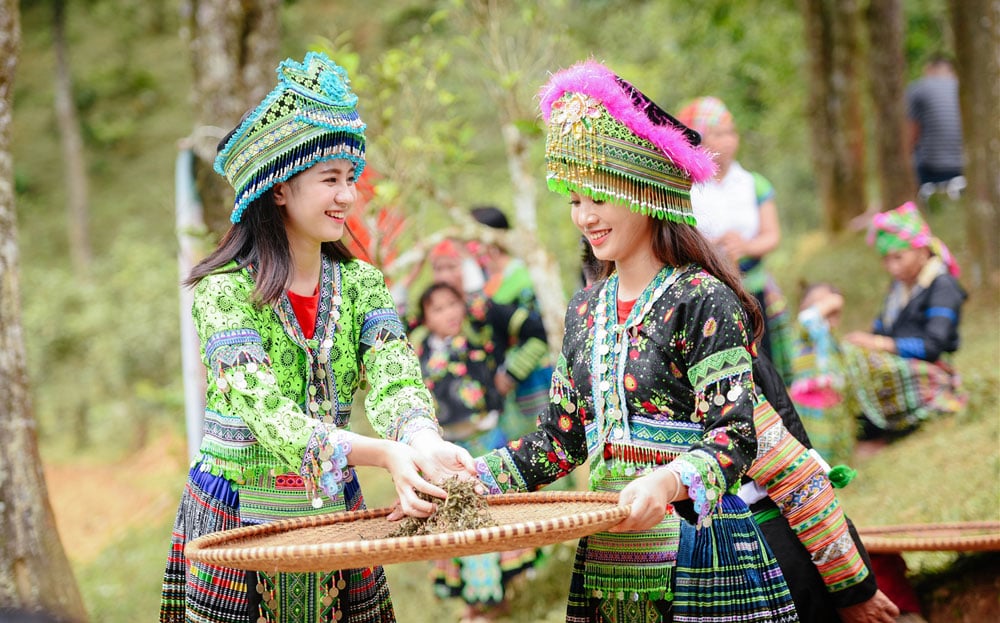
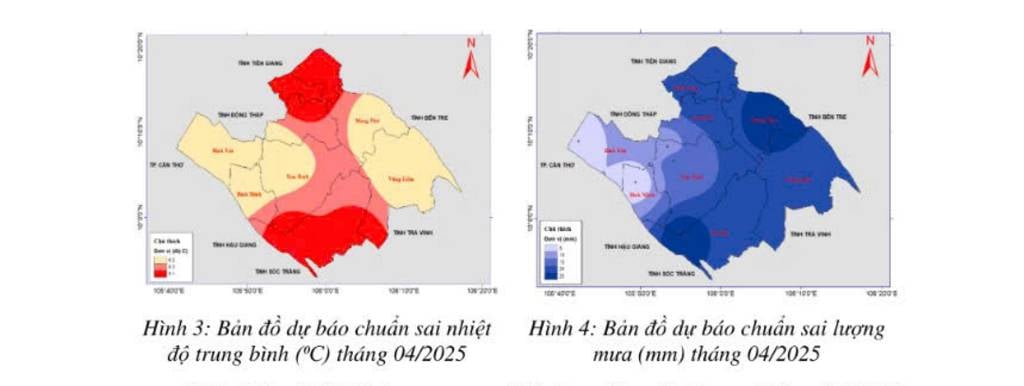
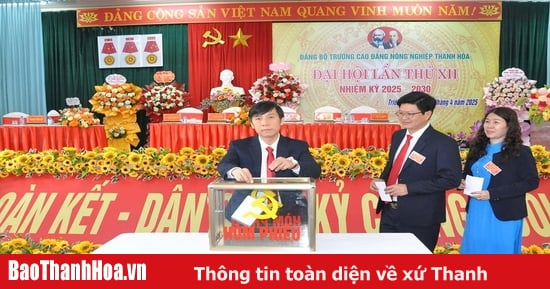
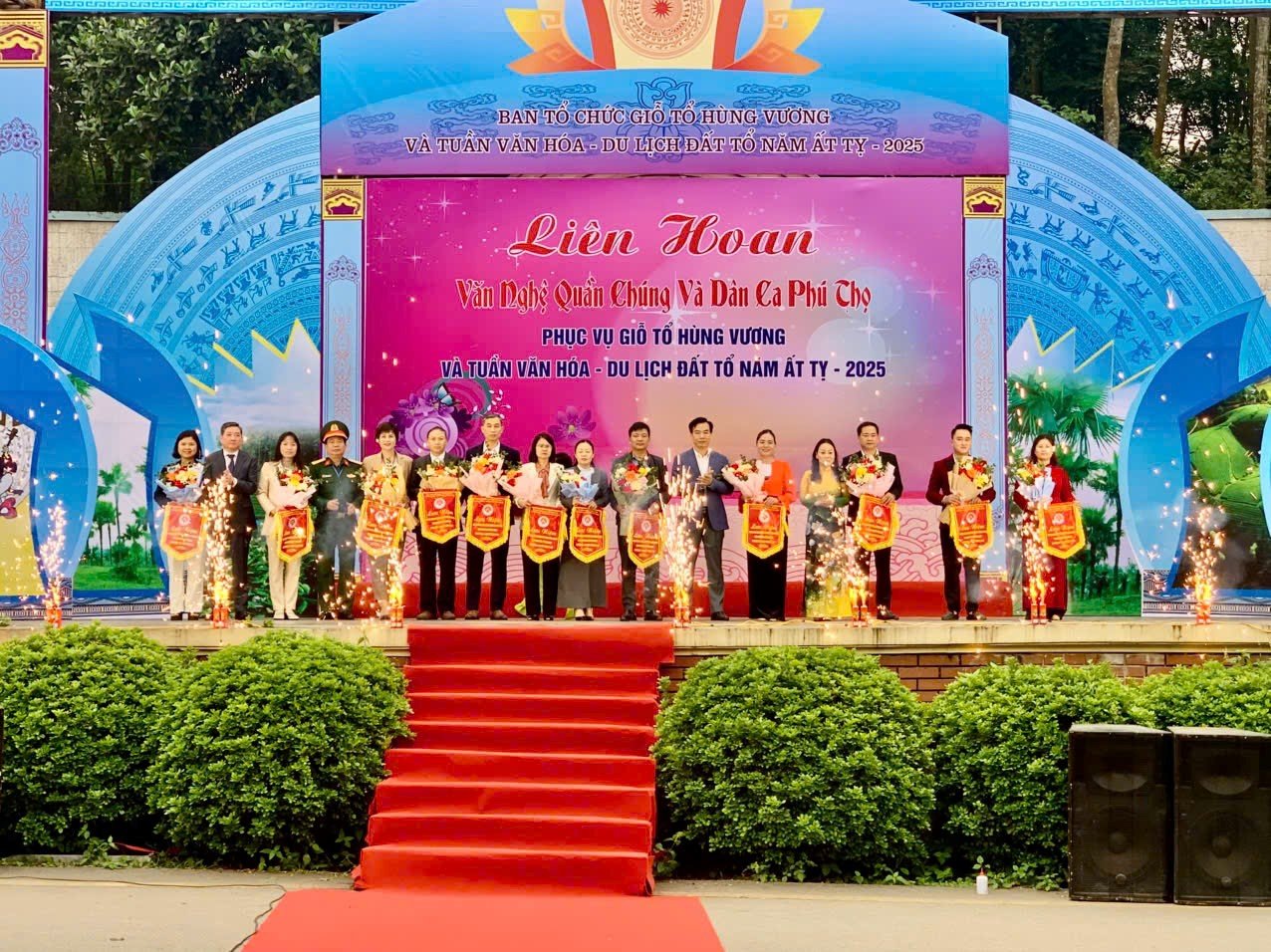



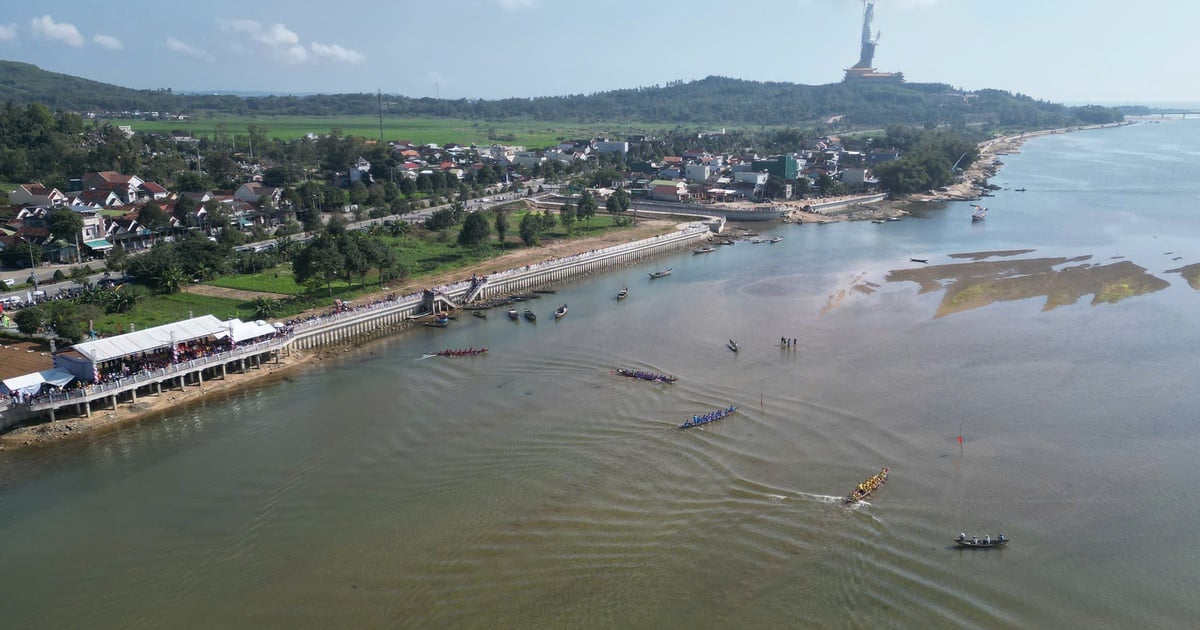


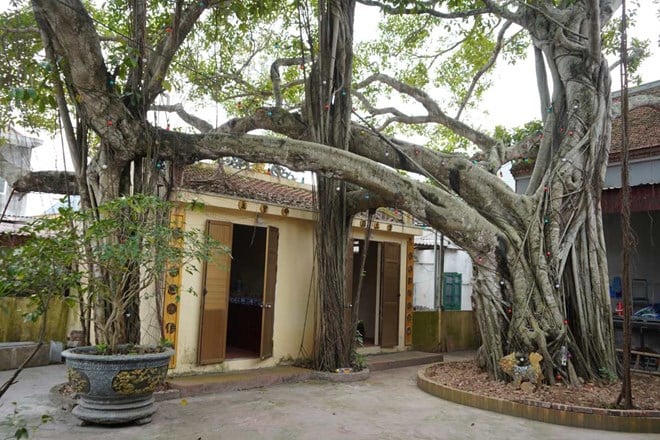

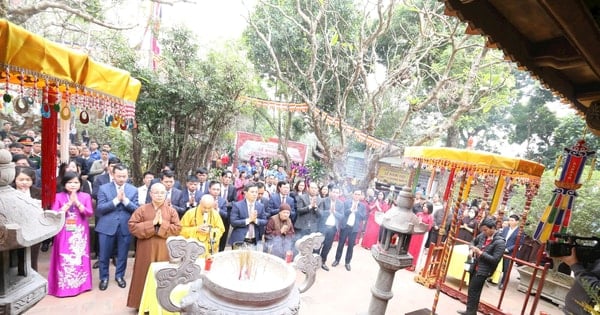

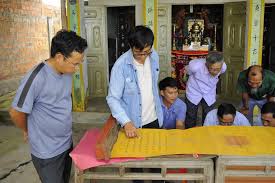




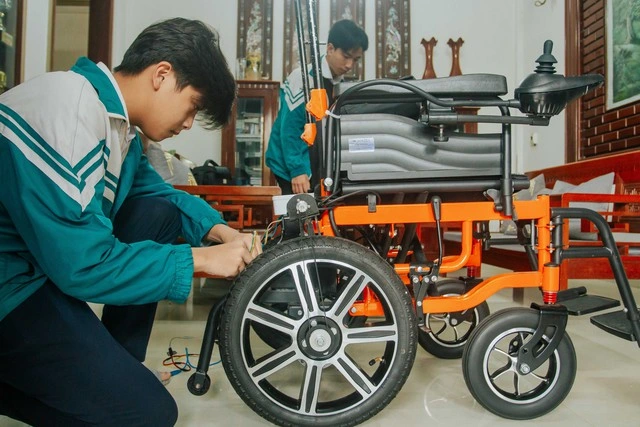


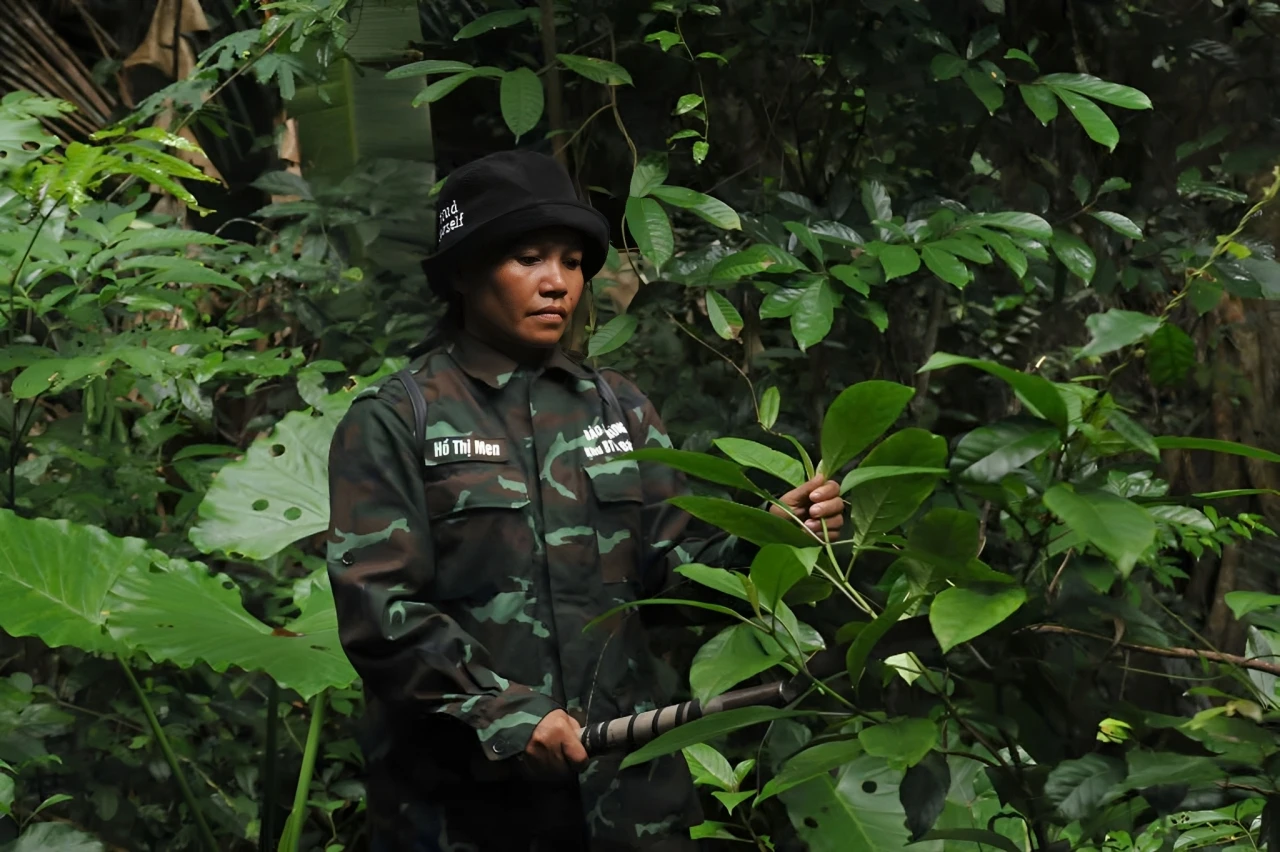

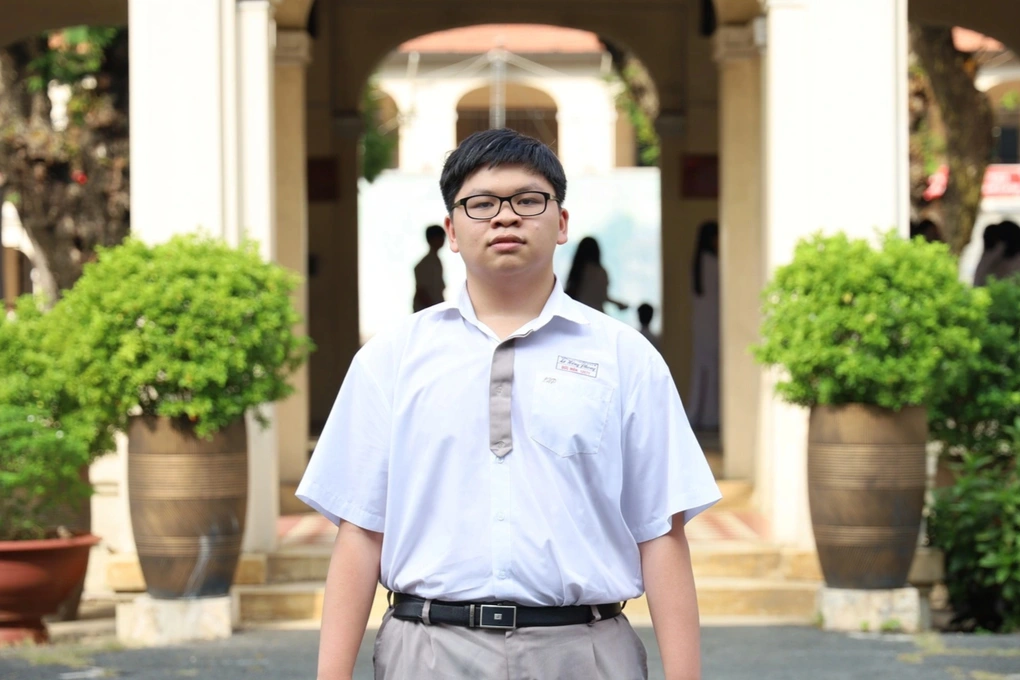









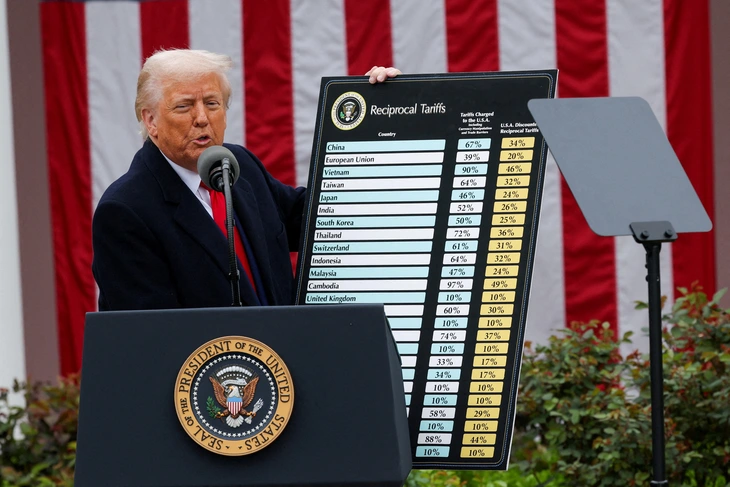
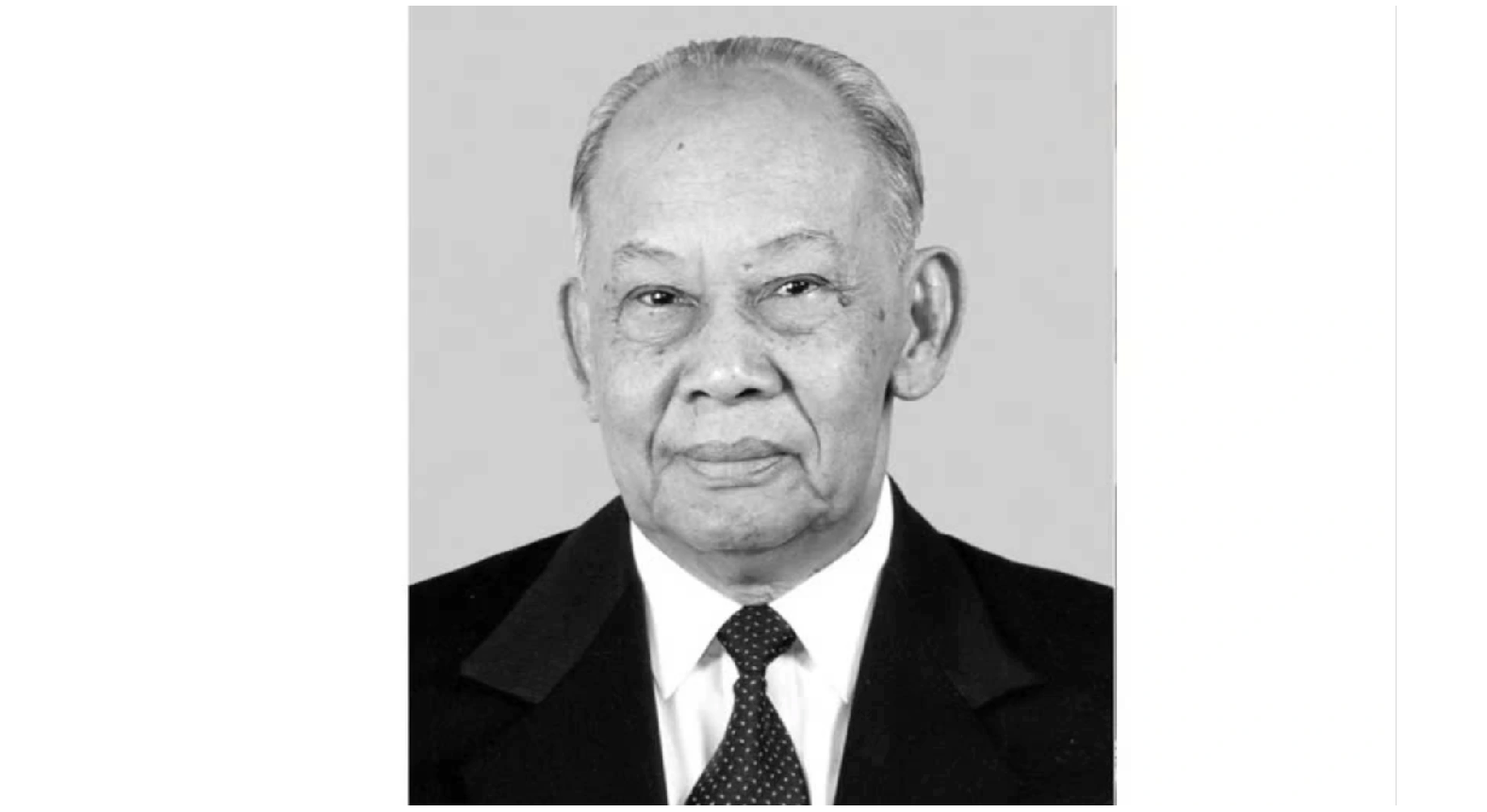
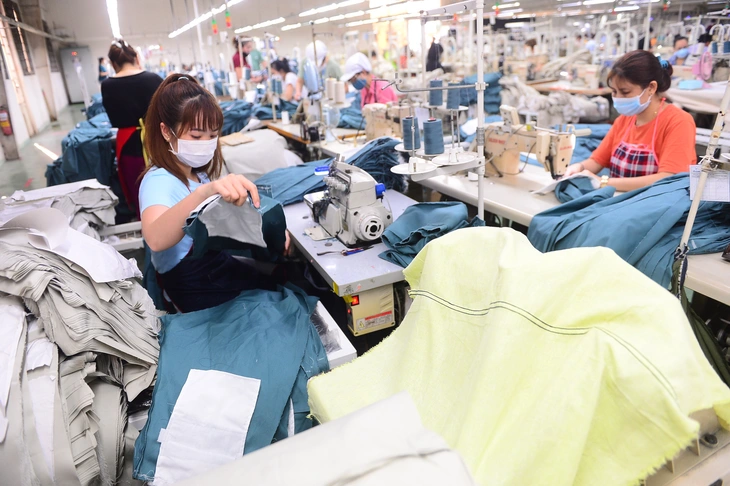
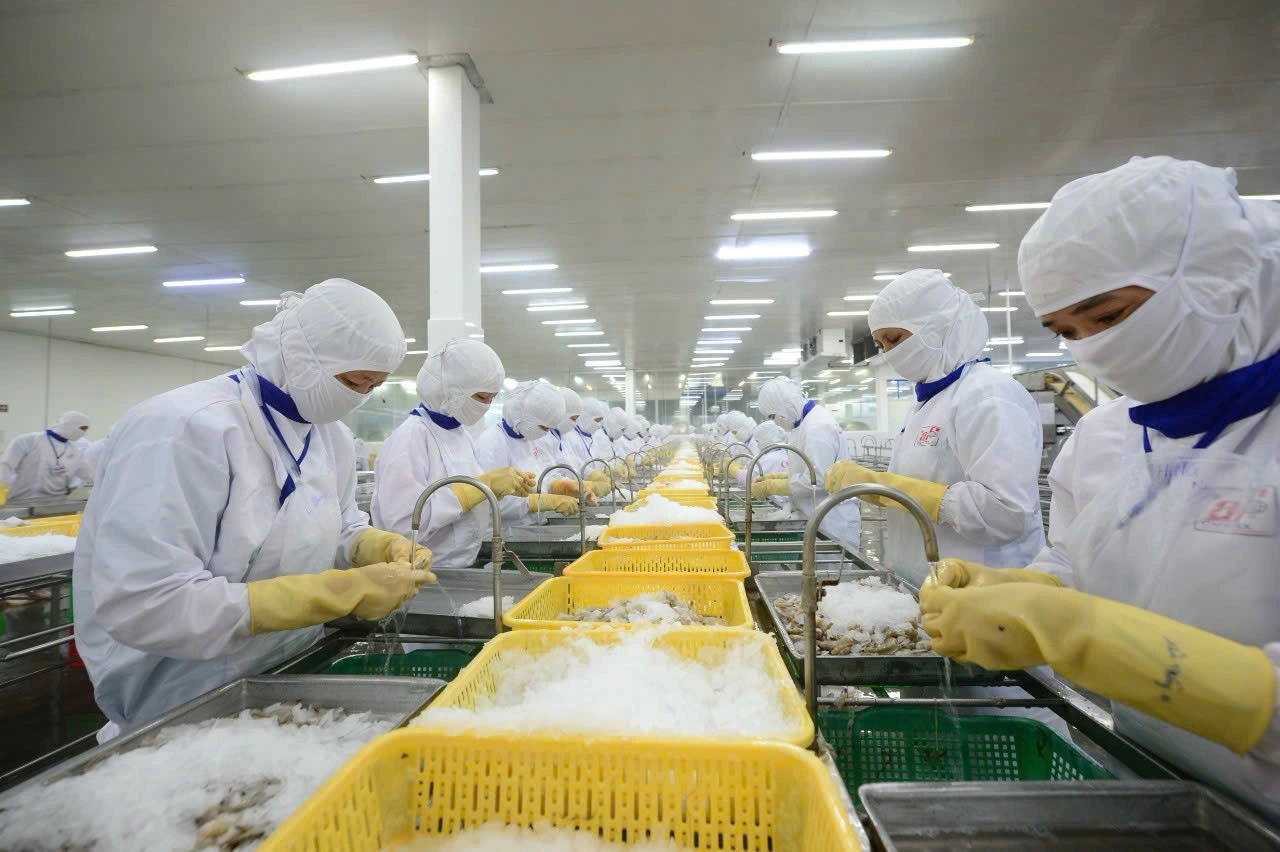

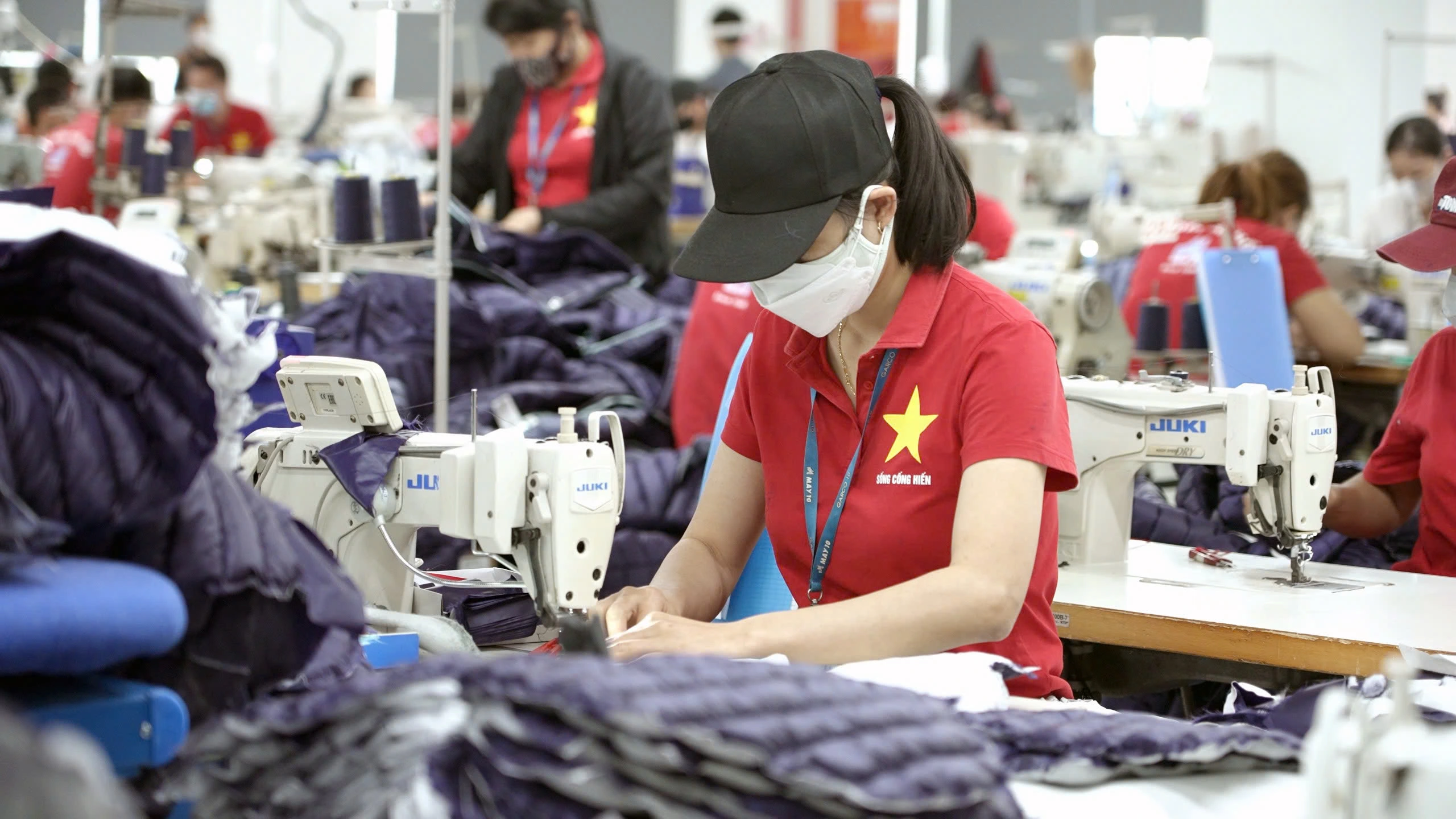







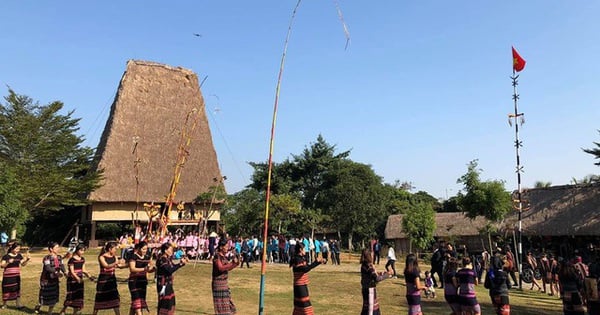

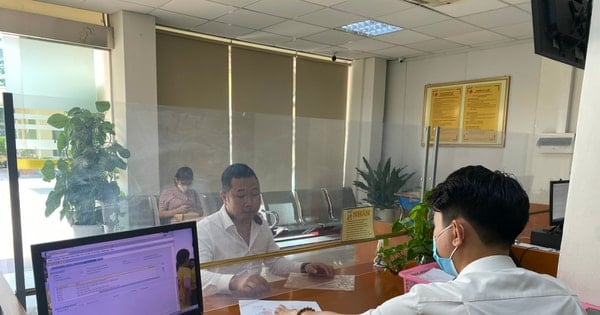















Comment (0)